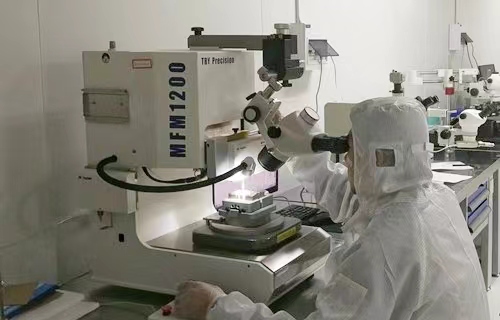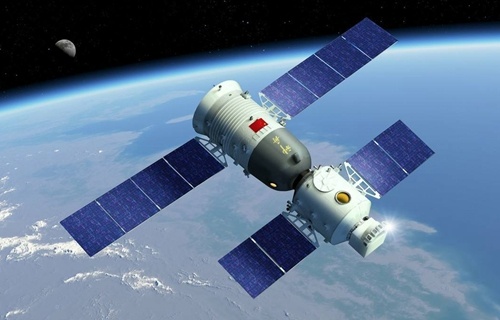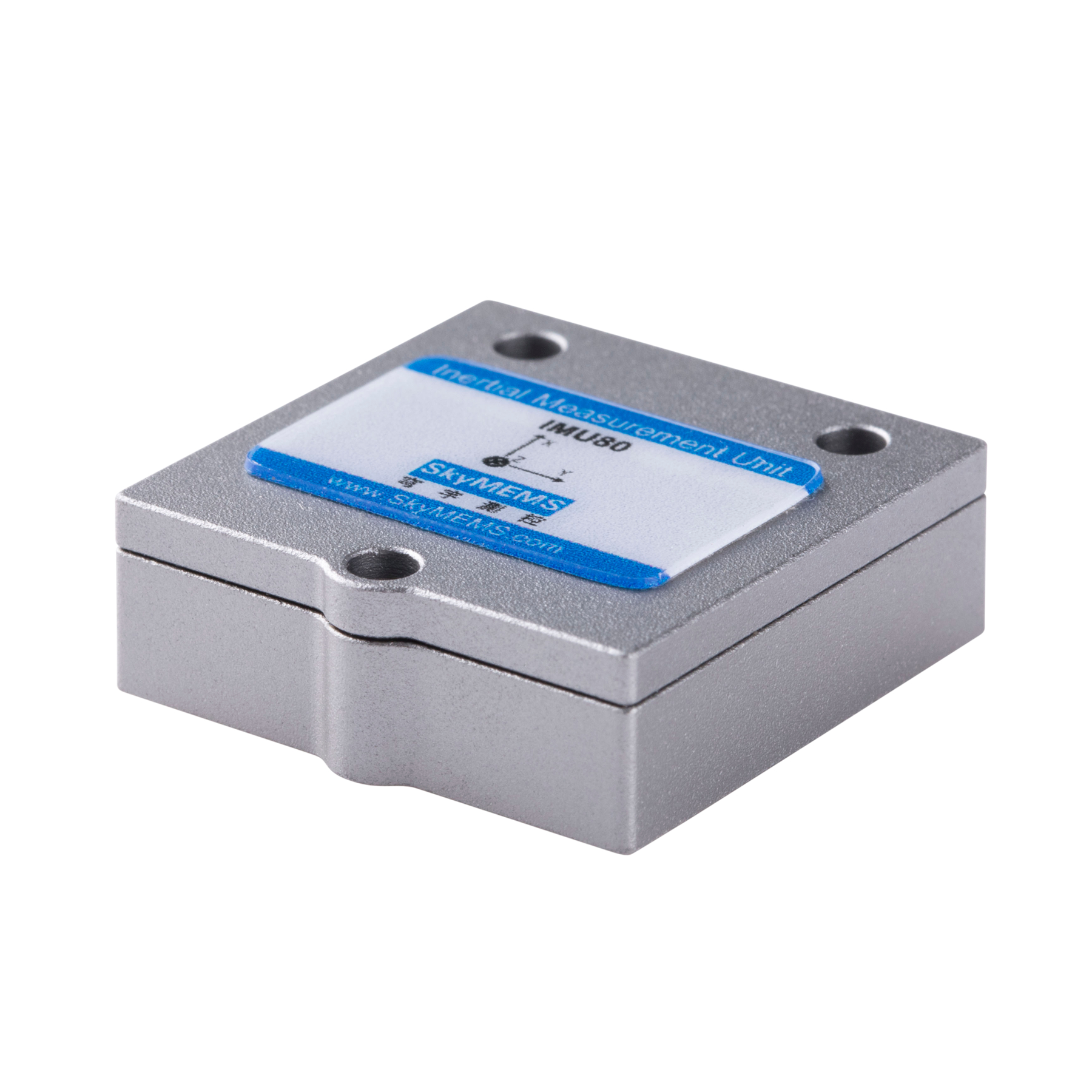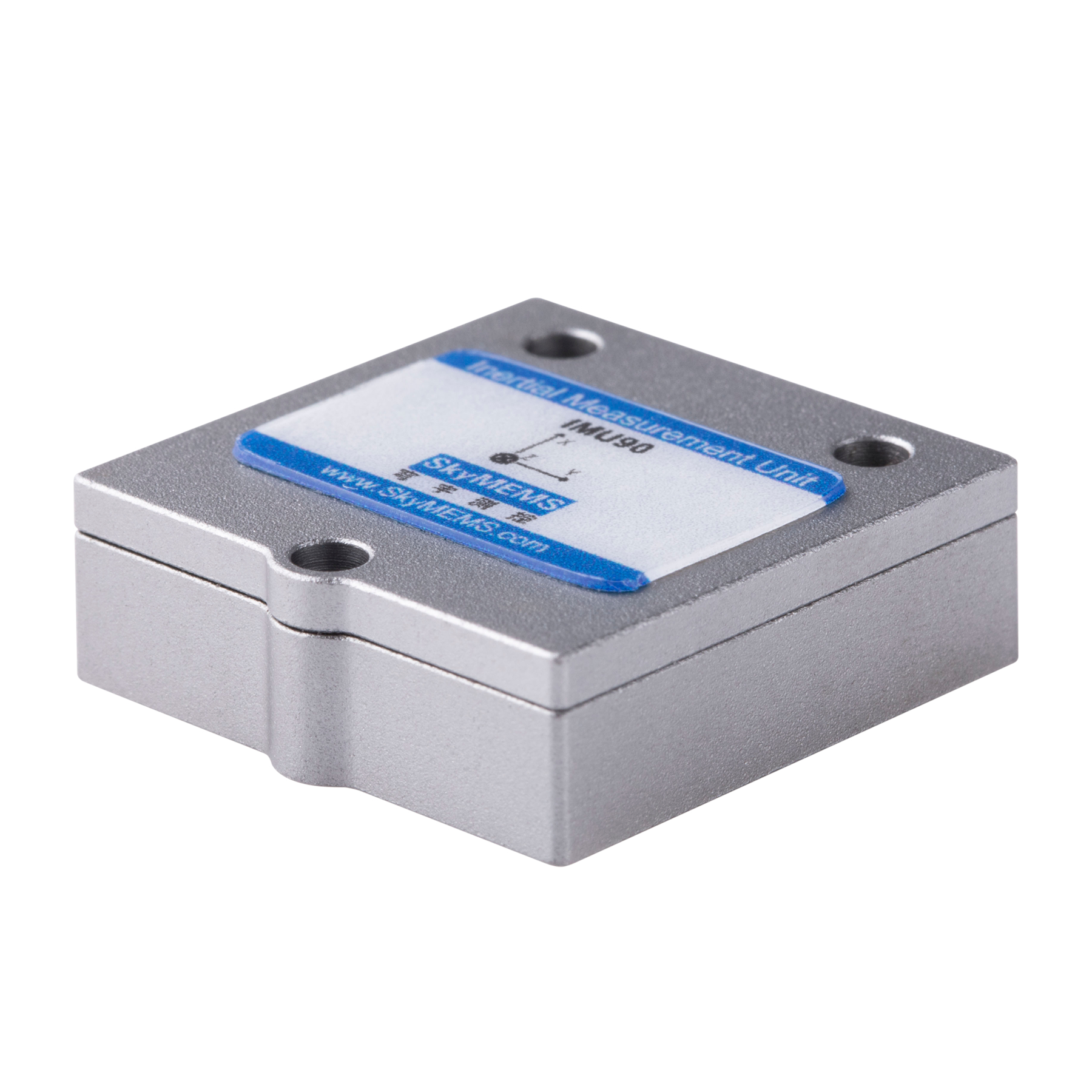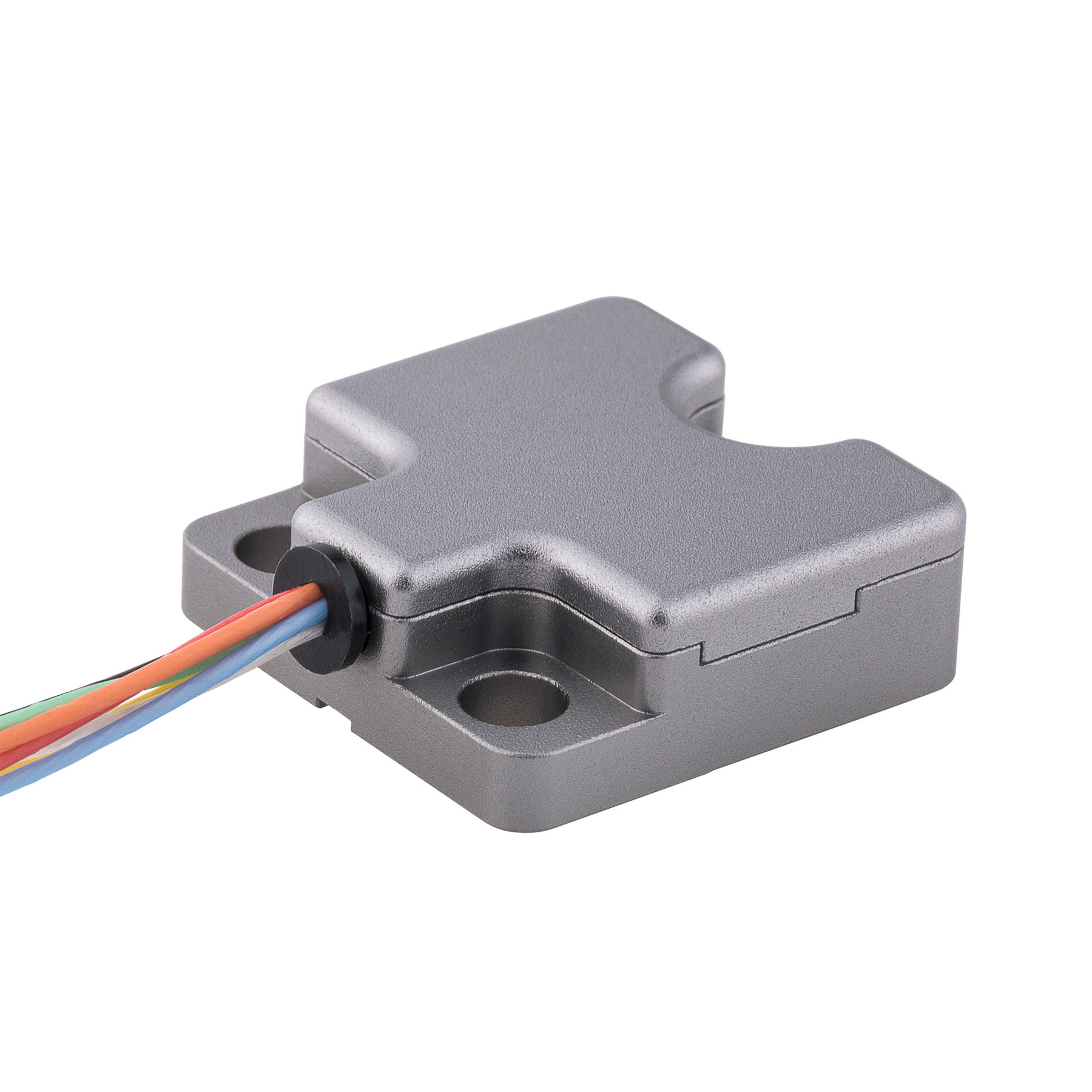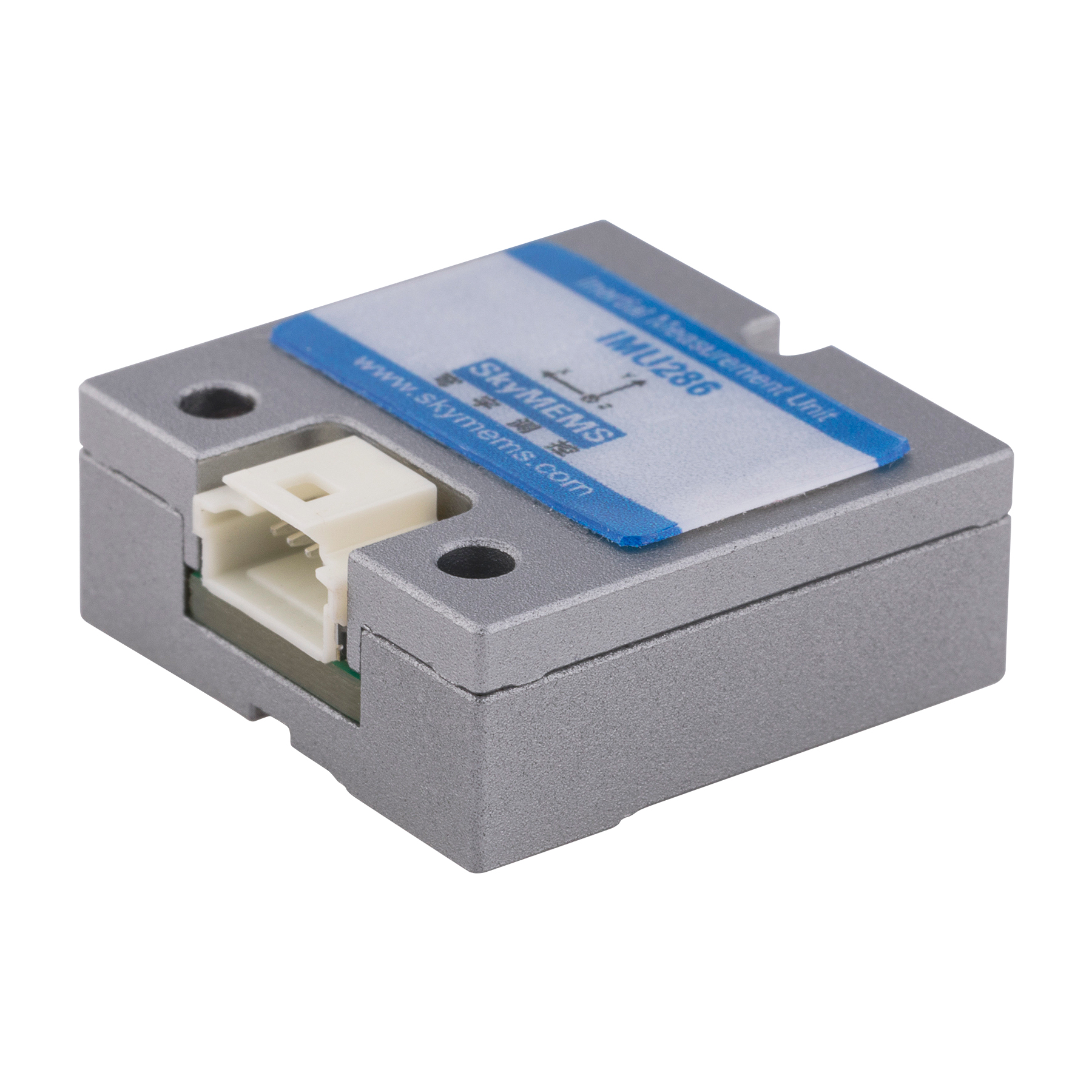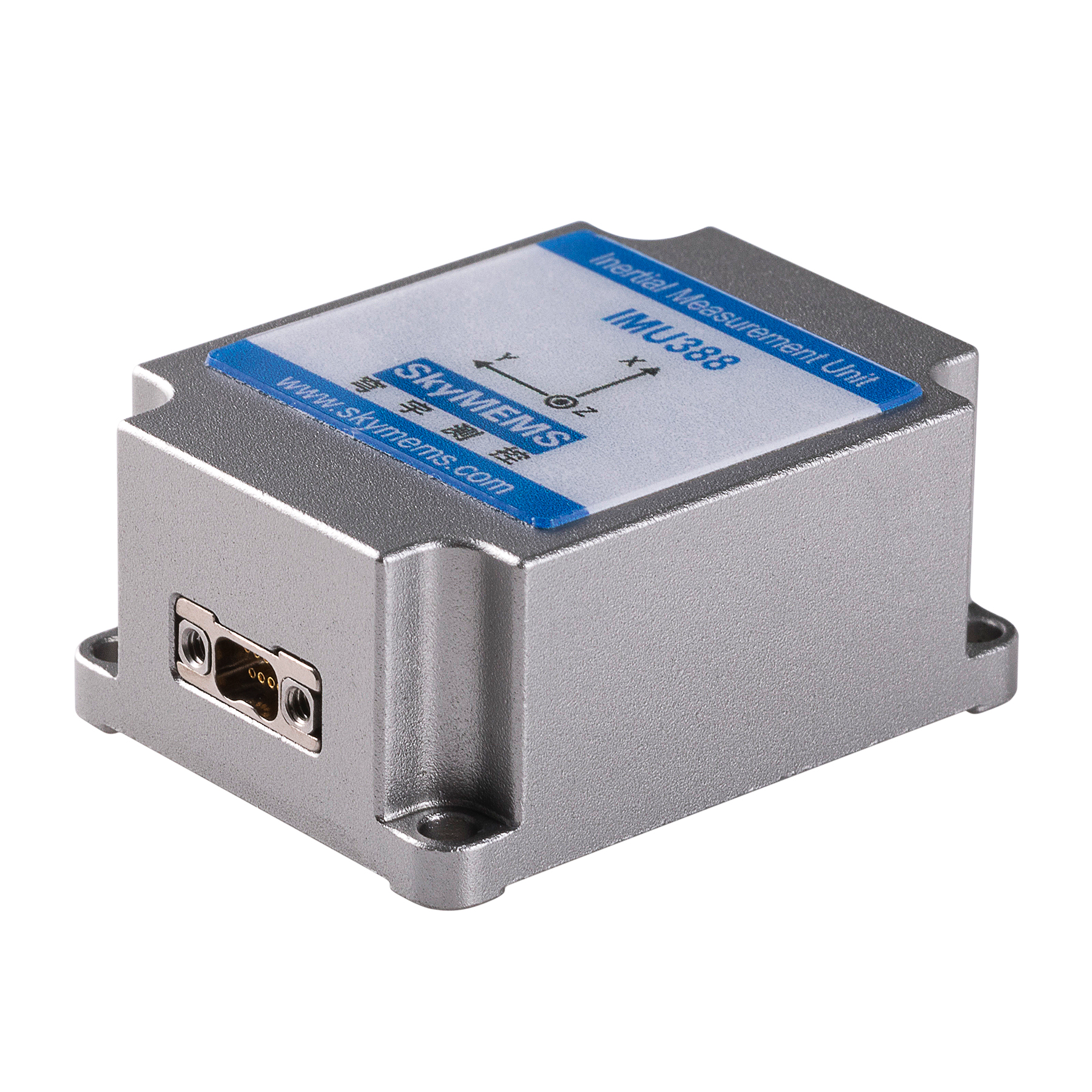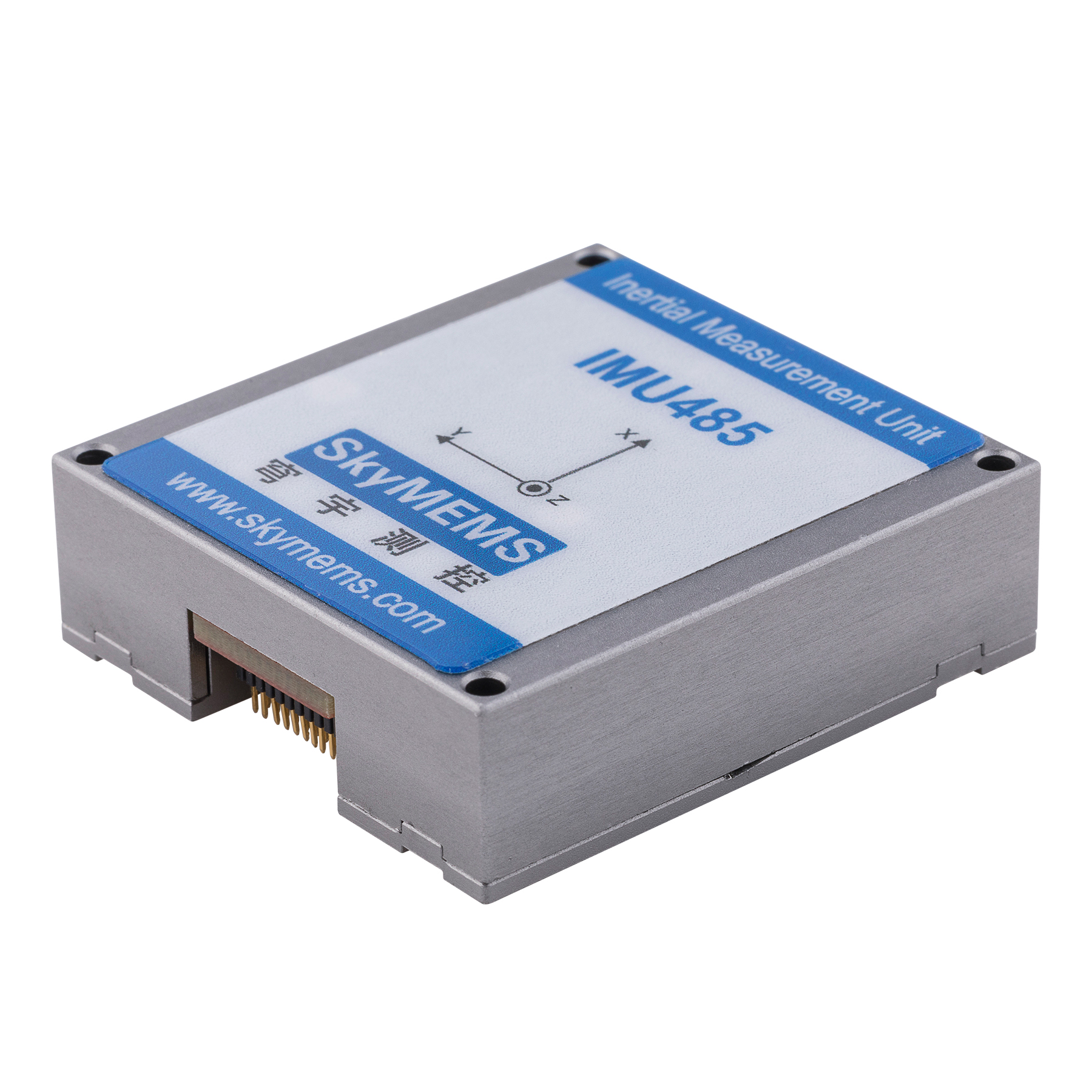With the rapid development of science and technology, we live in an era full of infinite possibilities. From the vast exploration of the universe to the tiny nanotechnology, the power of science and technology is changing our lives in unprecedented ways. Among these numerous technological products, the 3 axis compass has become an indispensable part of modern navigation technology with its unique charm.
Three-axis compass: the cornerstone of precise navigation
The 3 axis compass, a seemingly simple tool, actually contains complex scientific and technological principles. Compared with the traditional compass, the three-axis compass is no longer limited to a single plane direction indication, but can simultaneously measure and feedback the motion state and direction change of the object in three mutually perpendicular axes. These three axes, usually named X-axis, Y-axis and Z-axis, represent the left and right directions on the horizontal plane, the up and down movements in the vertical direction, and the front and back directions perpendicular to the horizontal plane.
The core components of the three-axis compass are precision sensors, which are based on micro-electromechanical systems (MEMS) or other advanced physical principles and can capture the tiny changes of objects in each axis in real time. When an object moves or rotates, the sensor will respond quickly, converting the detected data into electrical signals, and then through complex algorithm processing, the accurate direction and motion state of the object can be obtained. This process involves knowledge from multiple disciplines, including physics, electronics, computer science, etc., reflecting the cross-integration of modern science and technology.
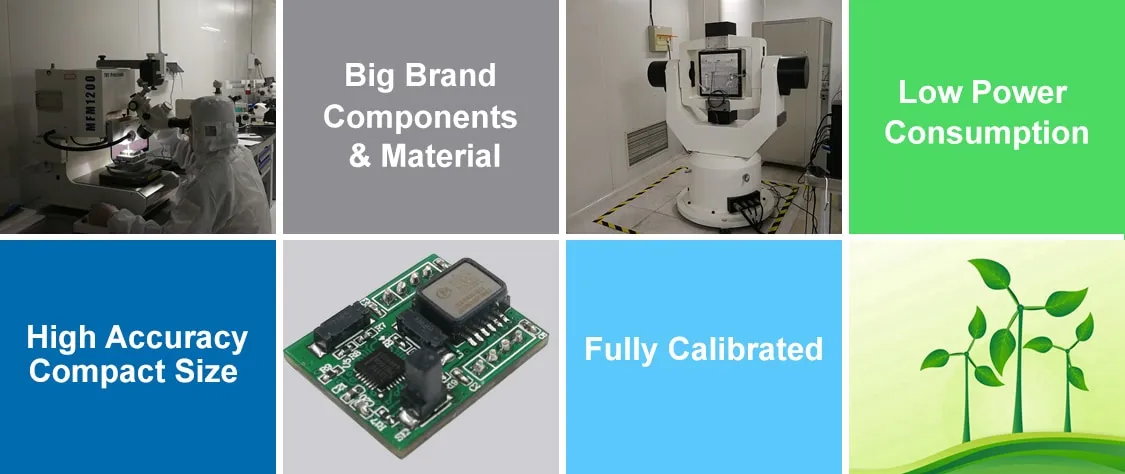
Wide application of three-axis compass
The wide application of three-axis compass is the best embodiment of its technological charm. It not only plays an important role in aerospace, smart devices, electronic games and other fields, but also shows great potential in many fields such as automotive industry, robotics, medical equipment, etc.
(I) Aerospace
In the field of aerospace, the three-axis compass is an important part of the aircraft attitude control and navigation system. During the flight, the aircraft will be affected by various complex factors, such as wind, gravity, and the rotation of the earth, which will cause the aircraft’s attitude to change. The three-axis compass can measure the aircraft’s attitude information in real time, including pitch angle, yaw angle and roll angle, and provide accurate data support for the flight control system. At the same time, in the satellite navigation system, the three-axis compass can also provide accurate attitude information to ensure that the satellite can stably point to the target and achieve accurate navigation and communication.
(II) Smart devices
In the field of smart devices, the application of the three-axis compass is ubiquitous. In smart devices such as smartphones and tablets, the three-axis compass has become a key element to improve the user experience. By sensing the movement state and direction changes of the device, the three-axis compass can realize functions such as automatic rotation of the screen and accurate positioning of the map, bringing users a more convenient and comfortable use experience. In addition, in virtual reality and augmented reality technology, the three-axis compass can also provide accurate head tracking and gesture recognition functions, allowing users to immerse themselves in a more realistic virtual environment.
(III) Electronic games
In game controllers, the three-axis compass also plays an important role. By capturing the player’s movements and postures, the three-axis compass can convert the player’s movement state into the character’s movements in the game, achieving a more realistic gaming experience. For example, in a racing game, the player can control the direction and speed of the car by shaking the controller; in a fighting game, the player can simulate the character’s attack and defense movements by waving his arms. The realization of these functions is inseparable from the precise measurement and rapid response of the three-axis compass.
(IV) Automobile Industry
In the automobile industry, the application of three-axis compass is becoming more and more extensive. With the continuous development of intelligent driving technology, cars need to perceive their own motion state and direction changes more accurately. The three-axis compass can provide accurate posture information and acceleration data, providing important data support for the car’s stability control system, intelligent driving assistance system, etc. At the same time, in new energy vehicles, the three-axis compass can also be used for battery management system optimization and energy-saving control, improving the endurance and safety of new energy vehicles.
(V) Robotics
In the field of robotics, the three-axis compass is also an indispensable part. Robots need to navigate and locate autonomously in unknown environments, and the three-axis compass can provide accurate direction and posture information to help robots achieve this goal. At the same time, in the robot’s motion control and posture adjustment, the three-axis compass can also provide important data support, enabling robots to complete various tasks more flexibly and accurately.
(VI) Medical Equipment
In the field of medical equipment, the application of three-axis compass has also begun to gradually expand. For example, in surgical navigation systems, three-axis compasses can provide precise surgical site positioning and posture control functions, helping doctors perform surgical operations more accurately. In addition, in rehabilitation training equipment, three-axis compasses can also be used to monitor patients’ motion status and evaluate rehabilitation effects.
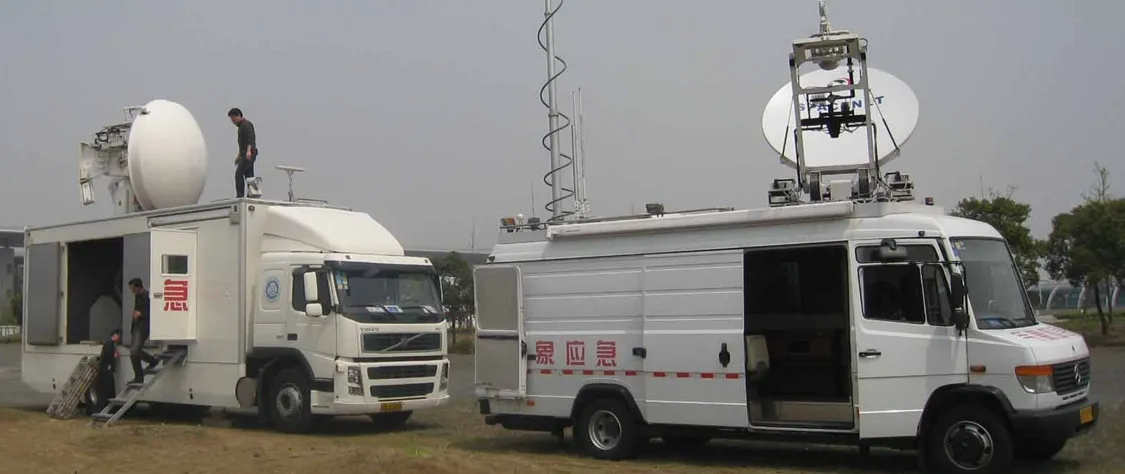
Technical challenges and solutions for three-axis compasses
Although the application of three-axis compasses in various fields has achieved remarkable results, they still face some technical challenges. These challenges mainly include accuracy, stability, power consumption, and environmental adaptability.
(I) Accuracy
The accuracy of a three-axis compass is one of the important indicators of its performance. However, due to factors such as the error of the sensor itself, environmental factors (such as magnetic field interference), and errors in the algorithm processing process, the accuracy of the three-axis compass is often affected to a certain extent. In order to solve this problem, high-precision sensors, optimized algorithms, and error compensation can be used to improve the accuracy of the three-axis compass.
(II) Stability
Stability is an important performance that a three-axis compass needs to maintain during long-term use. However, due to factors such as the aging of the mechanical structure and electronic components inside the sensor and changes in environmental factors, the stability of the three-axis compass tends to gradually decrease over time. In order to solve this problem, redundant design, temperature compensation and regular calibration can be used to improve the stability of the three-axis compass.
(III) Power consumption
Power consumption is an issue that needs to be considered in mobile devices. Since mobile devices usually have limited battery capacity, reducing the power consumption of the three-axis compass is of great significance to extend the use time of the device. In order to solve this problem, low-power sensors, optimization algorithms and power consumption management can be used to reduce the power consumption of the three-axis compass.
(IV) Environmental adaptability
Environmental adaptability is an important performance of the three-axis compass to maintain normal operation in a complex environment. However, due to factors such as magnetic field interference and temperature changes, the performance of the three-axis compass in a complex environment is often affected to a certain extent. In order to solve this problem, anti-interference technology, temperature compensation and environmental adaptability algorithms can be used to improve the environmental adaptability of the three-axis compass.
Future prospects of the three-axis compass
With the continuous advancement of science and technology and the continuous expansion of application fields, the three-axis compass will show a broader prospect in the future. The following is an outlook on the future development trend of the three-axis compass:
(I) Technology upgrade
With the continuous advancement of sensor technology, the accuracy, stability and power consumption of the three-axis compass will be further improved. For example, the use of higher-precision sensors, optimization algorithms and error compensation measures will be able to further improve the accuracy and stability of the three-axis compass; the use of low-power sensors and power management technologies will be able to further reduce the power consumption of the three-axis compass.
(II) Application expansion
With the continuous development of technologies such as the Internet of Things, big data and artificial intelligence, the application areas of the three-axis compass will be further expanded. For example, in the field of smart homes, the three-axis compass can be used for precise positioning and intelligent control of equipment; in the field of smart cities, the three-axis compass can be used for traffic flow monitoring, public safety warnings and other aspects; in the field of agriculture, the three-axis compass can be used for precise planting and irrigation of crops and other aspects.
(III) Cross-border integration
With the continuous advancement of science and technology and the continuous expansion of application areas, the three-axis compass will achieve a closer cross-border integration with other technologies. For example, when combined with 5G communication technology, remote real-time monitoring and control can be achieved; when combined with artificial intelligence algorithms, more intelligent data analysis and decision-making can be achieved; when combined with Internet of Things technology, interconnection and intelligent collaboration between devices can be achieved.
(IV) Intelligent development
With the continuous development of intelligent technology, the three-axis compass will gradually achieve intelligent development. For example, by integrating components such as sensors, processors and communication modules, an intelligent three-axis compass system with autonomous perception, autonomous decision-making and autonomous execution capabilities can be built. This system can adaptively adjust and optimize according to environmental changes and user needs, providing more intelligent and personalized services.
(V) Security
With the continuous development of science and technology, the three-axis compass will also play an important role in security. For example, in intelligent transportation systems, the three-axis compass can be used for precise positioning and navigation of vehicles; in the aerospace field, the three-axis compass can be used for attitude control and navigation of aircraft; in the military field, the three-axis compass can be used for missile guidance and positioning. These applications will provide safer and more reliable protection for people’s travel, production and national defense.
As a precise compass of modern navigation technology, the three-axis compass has become a shining pearl in the field of science and technology with its unique technological charm and wide application fields. With its precise measurement and stable performance, it has brought great convenience and security to people’s daily life and work. At the same time, with the continuous advancement of science and technology and the continuous expansion of application fields, the three-axis compass will show a broader prospect and unlimited possibilities in the future. I believe that in the future development, the three-axis compass will continue to play its important role and contribute more wisdom and strength to human scientific and technological progress and social development.

